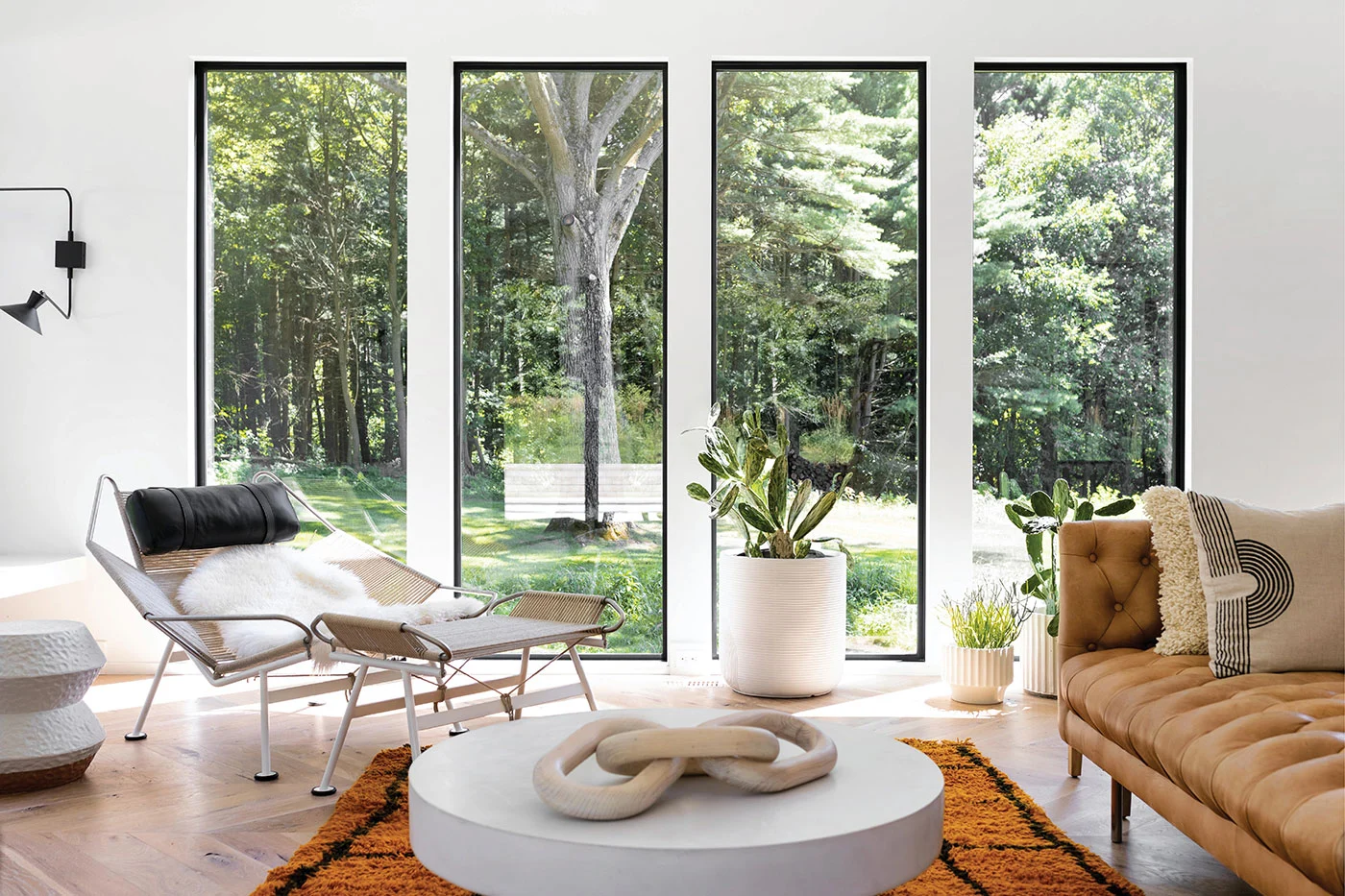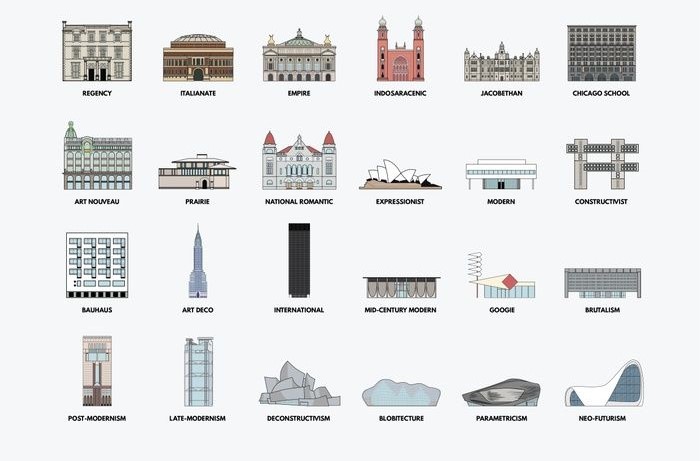Why Natural Light Matters in Interior: The Impact on Mood and Productivity

Natural light in interior design is not just a component for creating aesthetically pleasing spaces; it’s a crucial element that significantly impacts our well-being, mood, and productivity. As we spend a considerable amount of our lives indoors, the quality and quantity of light in our surroundings can profoundly influence our daily experiences. This piece explores the science behind natural light’s benefits, its positive effects on our mental and physical health, and how we can harness its power to create more vibrant and efficient living and working environments.
The Science of Natural Light
The relationship between natural light and the human body is deeply rooted in our biology. Exposure to daylight helps regulate our circadian rhythms—the internal clock that cycles between sleepiness and alertness at regular intervals. This regulation is crucial for maintaining a healthy sleep pattern, improving our overall mood, and keeping our energy levels consistent throughout the day. Furthermore, natural sunlight is a primary source of vitamin D, essential for bone health and immune system function. The benefits of incorporating natural light into our spaces go beyond aesthetics; they are a testament to our evolutionary connection with the sun.
Mood Enhancement Through Natural Light
The impact of natural light on mood is both significant and well-documented. Studies have shown that environments with ample natural lighting are linked to lower levels of depression and anxiety. Natural light can elevate feelings of happiness and well-being by increasing serotonin levels, a key hormone that stabilizes our mood, feelings of well-being, and happiness. This makes intuitive sense when we consider how a bright, sunny day can lift our spirits compared to the gloomy atmosphere of a dark, overcast day. By prioritizing natural light in interior design, we can create spaces that not only look beautiful but also actively contribute to our mental health and emotional balance.
Boosting Productivity with Natural Illumination
The connection between natural light and productivity is not only intuitive but backed by research. Studies indicate that workplaces with abundant natural light see an increase in productivity, creativity, and employee satisfaction. This is attributed to natural light’s ability to reduce eye strain and fatigue, making it easier for individuals to focus on tasks for longer periods without discomfort. In home settings, areas bathed in natural light become preferred spaces for reading, working, or studying, showcasing the universal appeal of sunlight in enhancing concentration and efficiency.
Design Strategies for Maximizing Natural Light
Incorporating more natural light into interior spaces can be achieved through thoughtful design and strategic planning. Here are some effective ways to enhance the presence of natural light in any environment:
- Windows and Skylights: Maximizing window size and incorporating skylights where possible can dramatically increase a room’s natural light. Consider the room’s orientation; south-facing windows provide consistent light throughout the year, while north-facing windows bring in diffused light with minimal glare.
- Reflective Surfaces: Using mirrors, glossy finishes, and other reflective materials can help bounce light around a room, effectively brightening dark corners and increasing the overall luminosity.
- Open Floor Plans: Minimizing obstructions allows light to flow freely across spaces. Open floor plans reduce shadows and create a sense of continuity and openness.
- Light Colors and Materials: Light-colored walls, ceilings, and floors reflect more sunlight than dark surfaces, amplifying the effects of natural light. Choosing materials with reflective properties can also contribute to a brighter space.

Challenges and Solutions
Despite the clear benefits, integrating natural light can present challenges, particularly in spaces with limited windows or those oriented away from direct sunlight. Here are a few solutions to common obstacles:
- For Small Windows: Use light, sheer curtains to maximize the light that can pass through. Mirrors placed opposite windows can also amplify the amount of light entering a room.
- Building Orientation: For rooms that receive little to no direct sunlight, consider installing tubular daylight devices (TDDs) or skylights to channel light from the roof into these spaces.
- Privacy Concerns: If privacy is an issue, frosted or tinted window films can allow light in while keeping prying eyes out. Alternatively, strategically placed landscaping outside can provide both privacy and a pleasant view.
The significance of natural light in interior design transcends aesthetics, touching upon our deepest biological and psychological needs. By enhancing mood and productivity, natural light proves itself as a crucial element for creating spaces that not only look good but feel good to inhabit. Whether redesigning a single room or planning a new construction, consider how natural light can be maximized to improve the quality of life for those who use the space.
We encourage you to take a moment to observe the natural light in your own environment. How could it be improved? Consider the strategies outlined above and remember, sometimes the best design changes start with letting in a little more light.
Increased stress, poor mood regulation, and decreased productivity due to lack of natural light exposure.


